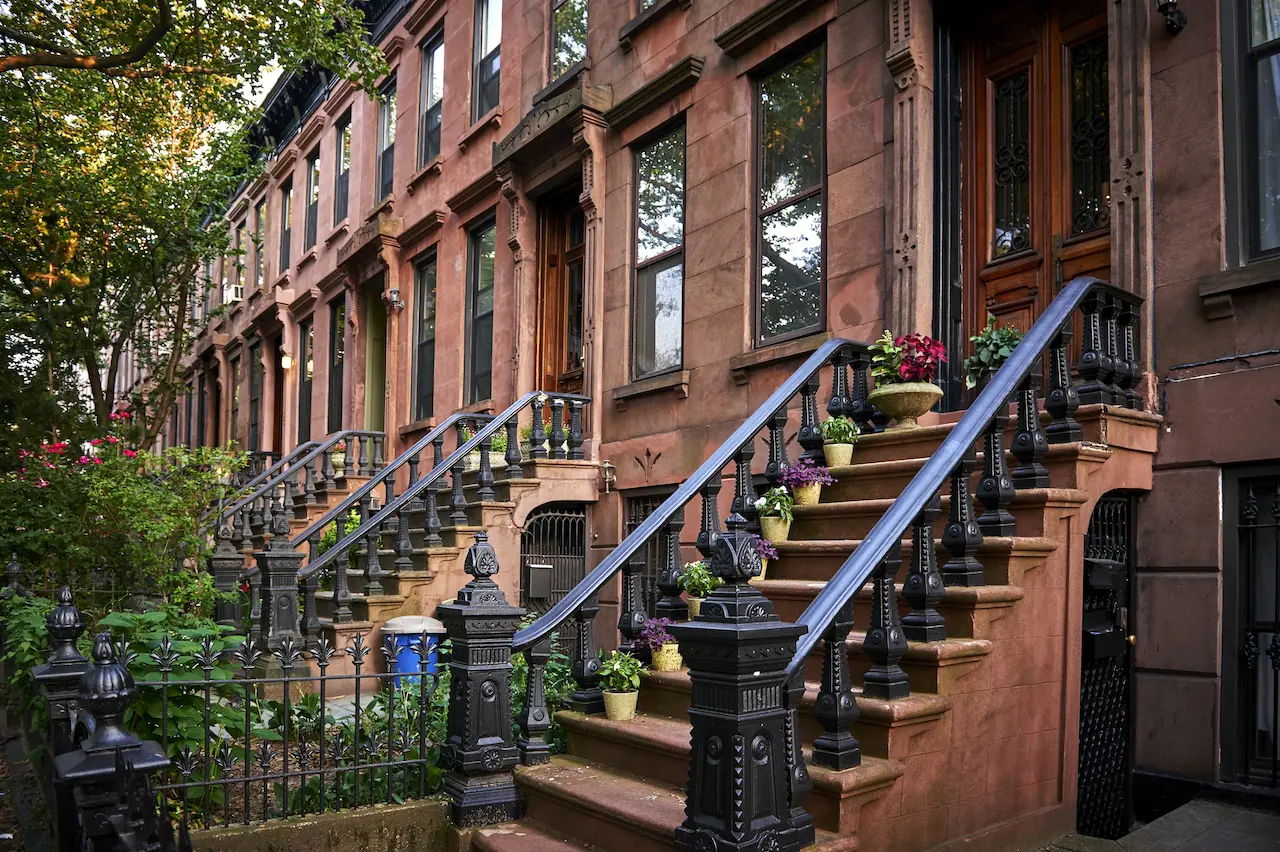Supreme Court Scrutinizes Trump Tariffs, Leaving Emergency Powers in the Balance

The Supreme Court’s scrutiny of presidential emergency tariff powers could redraw the boundaries for economic policymaking in New York and beyond.
It has become a Washington ritual: a flick of a pen, and billions of dollars in global trade hang in the balance. Yet last week, as the Supreme Court heard oral arguments over the constitutionality of broad emergency tariff powers exercised by former President Donald Trump, the justices hinted at second thoughts about giving presidents the keys to America’s commercial arsenal. The case, which stems from Trump’s 2018 use of a Cold War-era statute to levy sweeping tariffs on steel and aluminium, portends a potential rebalancing between Congress and the White House—one that carries sharp local significance.
The drama began in 2018, when the Trump administration, invoking Section 232 of the Trade Expansion Act of 1962, slapped tariffs of up to 25% on a long list of steel and aluminium imports. The rationale? National security. In practice, the tariffs swept in allies and rivals alike, from Canada and Mexico to China. Rarely has an executive so boldly used this tool, which Congress initially designed for more circumscribed threats. Hundreds of New York firms felt the sting, from Brooklyn’s metalwork shops to Wall Street’s conglomerates.
The current Supreme Court case arises from American companies that challenged the legality of these sweeping tariffs. Their argument is strikingly simple: that Section 232, as deployed, granted the president near-unchecked discretion, flouting the Constitution’s requirement that Congress—not the president—sets tariffs. The justices appeared sceptical, peppering Solicitor General Elizabeth Prelogar with questions on whether the law gave an occupant of the Oval Office “a blank cheque” to dictate the terms of global commerce.
For New York, the stakes are tangible. The region depends on imported metals: the city’s construction giants build skyscrapers with Canadian steel, while manufacturers in upstate towns assemble machines from imported aluminium. The Port of New York and New Jersey, America’s busiest on the East Coast, has seen trade volumes sway as businesses navigate shifting tariff regimes. Even retail behemoths—from IKEA’s Red Hook outpost to the bodegas of the Bronx—ultimately pay the price through costlier goods.
A further knock-on effect strikes at New York’s financial sector. The last wave of tariffs dented the global supply chain and unsettled investors; firms with multinational exposure, ever mindful of policy risk, watched portfolios seesaw. Now, as the Supreme Court questions the president’s autonomy in levying such duties, boards across Manhattan are recalibrating. Should the Court hem in executive authority, the predictability of American trade policy might improve, lowering volatility and boosting investment.
Politically, the implications for the city are not strictly commercial. Tariff disputes breed diplomatic friction: Canada’s government decried the 2018 move, while European diplomats stormed Capitol Hill. In an ethnically diverse metropolis where many trace their livelihoods and votes to import and export businesses, the whiplash of sudden tariffs inflamed existing anxieties about Washington’s caprices. For immigrant-led businesses especially, arbitrary levies can feel like a demerit handed down for no discernible reason.
Above all, the case calls attention to the creaky machinery of American lawmaking. Congress, over decades, ceded swathes of commercial authority to the presidency, often for the sake of expedience. Under Section 232, and similar statutes, lawmakers abdicated their constitutional prerogatives and handed presidents a cudgel, gated only by ill-defined standards like “national security.” Perhaps surprisingly, there is rare bipartisan consensus in favour of reclaiming a measure of this power—though keener talk than action thus far.
Globally, New York’s experience is hardly unique. Around the world, leaders have increasingly weaponised tariffs for political ends. China’s own “retaliatory” tariffs on American farm goods, Europe’s dairy quotas, even Brexit-era posturing over British fish—all illustrate the puny reach of legislative oversight in modern trade. In each setting, subnational economies and cities are fastest to feel the fallout when politics trumps predictable rules.
What limits on the presidency bode for New York’s future
If the Supreme Court moves to curtail the president’s power under statutes like Section 232, this would mark the most significant legal reassertion of congressional authority in commercial affairs in half a century. The implications for New York would be acute. Congressional involvement promises both greater debate and, inevitably, more gridlock—but also a degree of transparency and accountability missing in the current regime.
For small business owners from Flushing to Flatbush, the matter is practical, not theoretical. Unpredictable surges in input prices, occasioned by a president’s invocation of emergency power, can easily upend budgets and payrolls. The Court’s leanings toward constraint, visible during questioning, may carry the faint promise of steadier ground—assuming, that is, Congress shoulders its responsibilities with something resembling dispatch.
We reckon that the effects of such a judicial reckoning would echo beyond Gotham. If America signals a retreat from the executive’s “tariff first, ask questions later” philosophy, it could nudge other countries in a similar direction—tempering global tit-for-tat escalations. Yet one should not expect miracles: political leaderships, whether in Beijing or Berlin, rarely surrender old prerogatives unless forced by law or looming crisis.
Ultimately, should the justices rule against unlimited executive discretion, the outcome would not be a revolution but a recalibration. New York, with its vast stake in open commerce and stable rules, would stand to gain. A dose of legal clarity could dampen the drama, but not extinguish political wrangling over trade. That is, perhaps, the neatest outcome: less drama, more deliberation.
A city—indeed, a country—may be better off when questions of war, peace, and tariffs are decided in open, contested debate, rather than by solitary men with pens. The Supreme Court’s hints of scepticism suggest that the pendulum’s long arc may, at last, be swinging back. ■
Based on reporting from Brooklyn Eagle; additional analysis and context by Borough Brief.